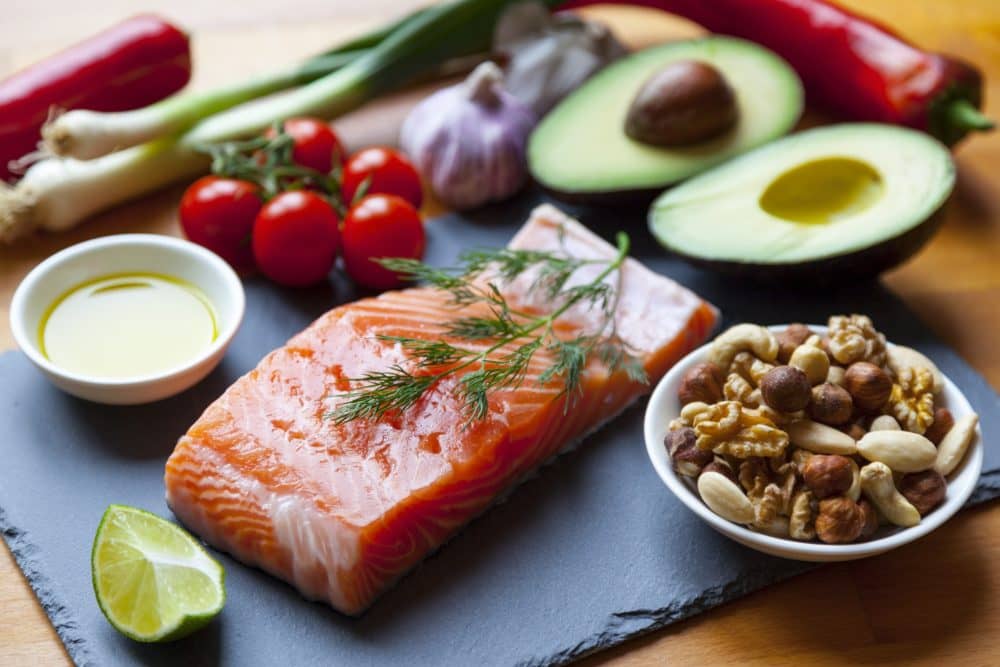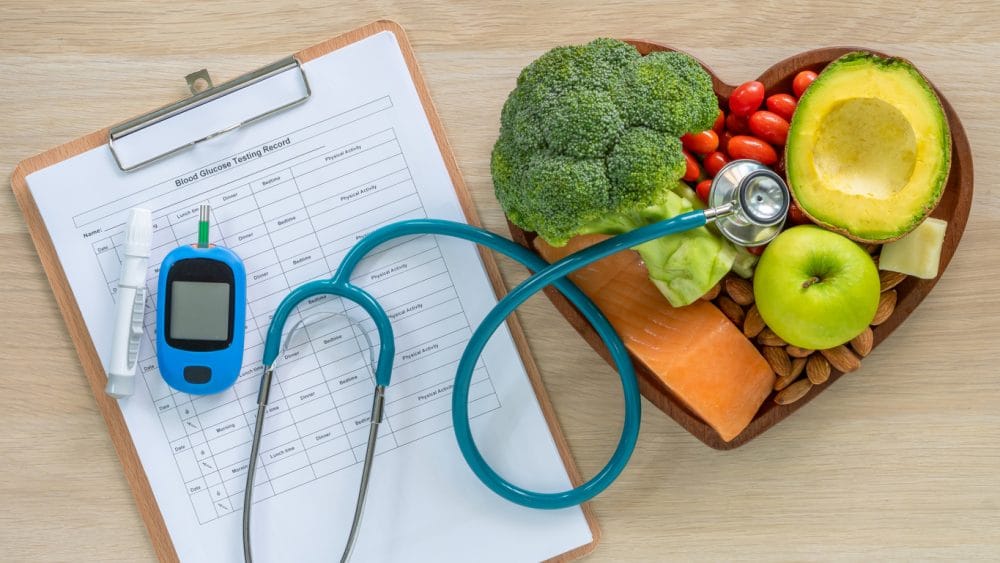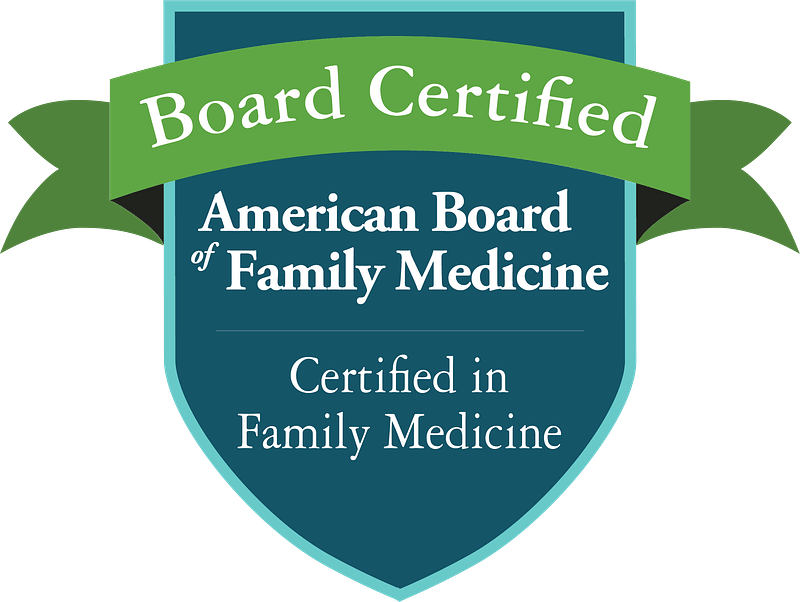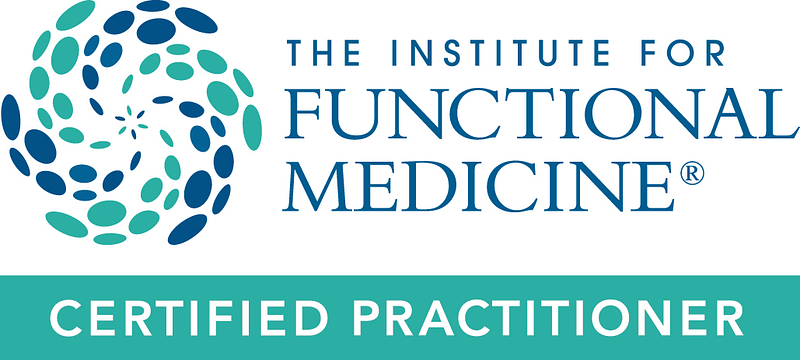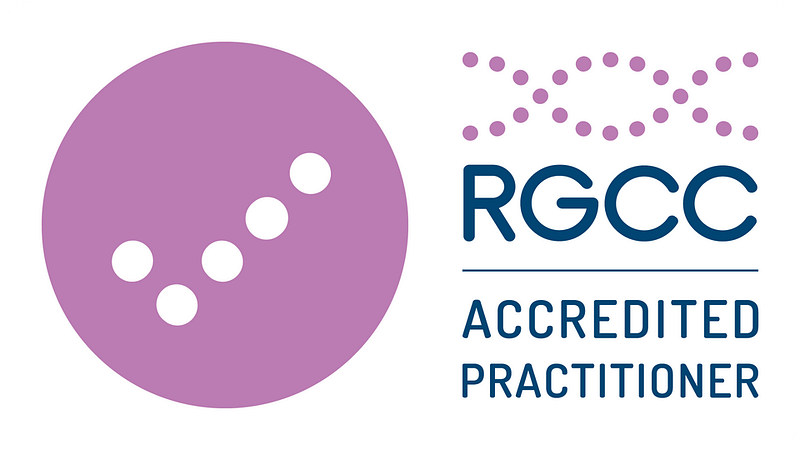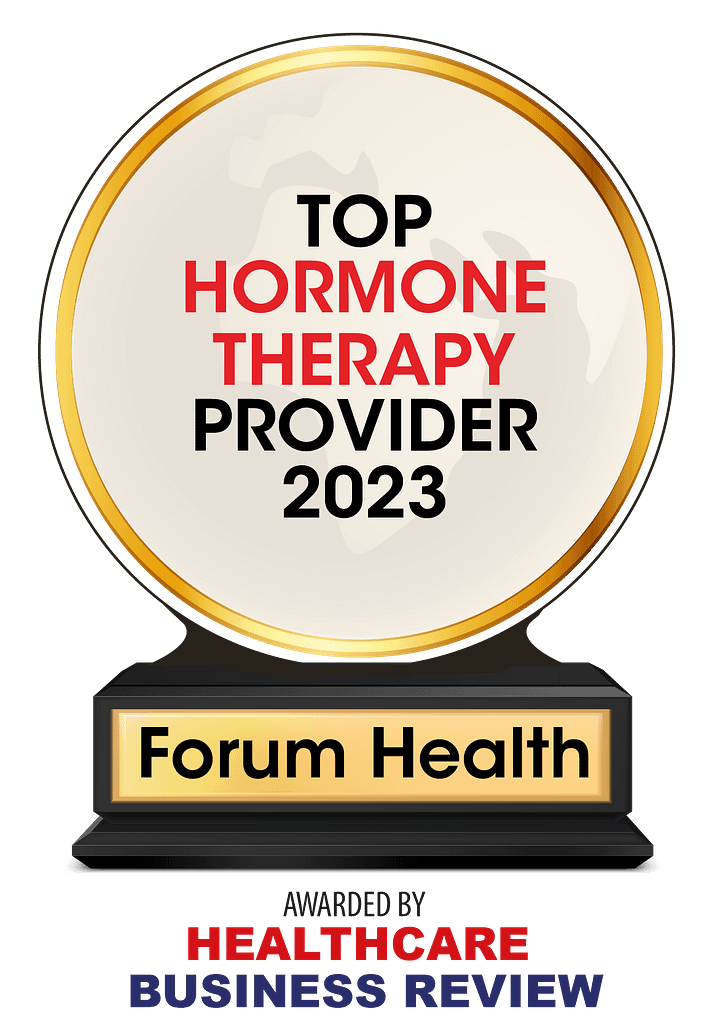Dr. Wilson and Dr. Wright recently attended the American College for Advancement in Medicine (ACAM) conference titled Cancer: Complementary and Conventional Approaches to Prevention and Treatment. Startling statistics pointed both to the extent of cancer occurrence and to solutions to reduce cancer risk.
In 1990, three percent of deaths in the United States were from cancer. Today that number is 24 percent and growing. Not even counting skin cancers, 42 percent of Americans will develop cancer in their lifetime.
Nutritionist Patrick Quillin, PhD spoke on nutritional therapies to improve outcomes in cancer treatment. Quillin believes the wrong question is being asked when researchers ask how to kill more cancer cells. He thinks they should be asking why cancer grows here, how we can make a patient healthier, and how cancer growth can be discouraged.
Quillin states that the two most effective dietary interventions to both prevent cancer and slow cancer growth is the reduction of dietary sugar and the reduction of “bad” trans fats.
Cancer cells have a big sweet tooth. Cancer cells use three to five times more glucose (sugar) than healthy cells to support their rapid growth. Americans are estimated to eat and drink between 140 and 200 pounds of sugar per person per year. That number has increased from only 10 pounds 225 years ago. Eating sugar results in excess insulin which, in turn, results in accelerated cell growth.
Though thought to play a role in all cancers, studies have identified sugar as a major risk factor for breast and colon cancer. Animals with breast cancer survived longest on low sugar diets.
See “Trans Fats: Facts and Fallacies” for more information on cancer risk from trans fats and learn which fats actually deter cancer.






